
Our Loyalty Analytics feature gives you real-time data about the overall performance of your restaurant loyalty platform, along with fresh ideas on how to grow and improve.


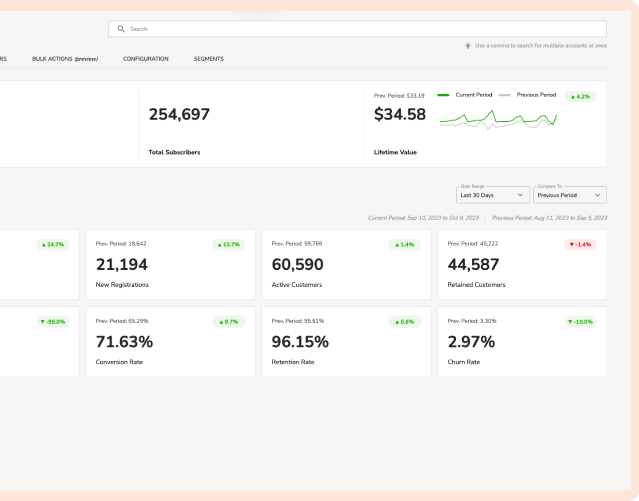
Spoonity’s intuitive online Customer Analytics dashboard includes your most valuable customers, top-selling items, customer growth potential scores, enrollment and retention rate, customer lifetime value (CLV) and net promoter score (NPS).
Spoonity’s intuitive online Customer Analytics dashboard includes your most valuable customers, top-selling items, customer growth potential scores, enrollment and retention rate, customer lifetime value (CLV) and net promoter score (NPS).
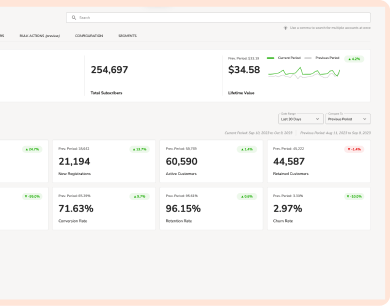
The Spoonity Loyalty Pyramid is a unique visual that illustrates not only
your current loyalty metrics but also the future potential of your program
and how you can get there.
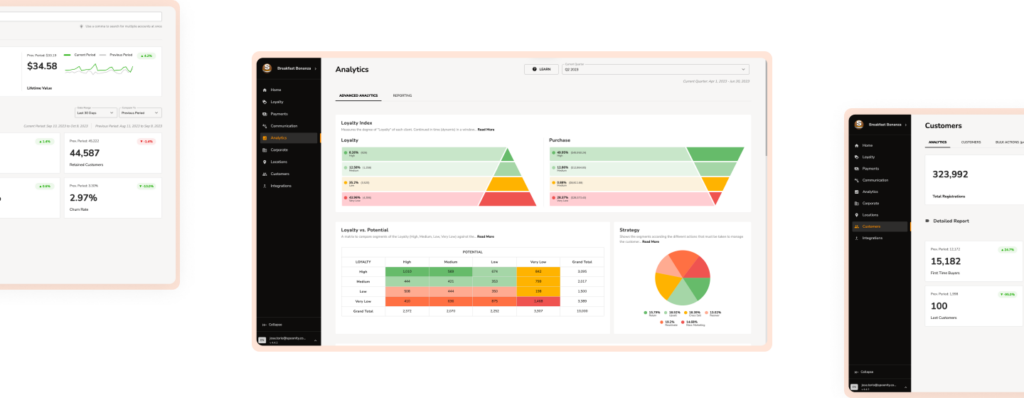
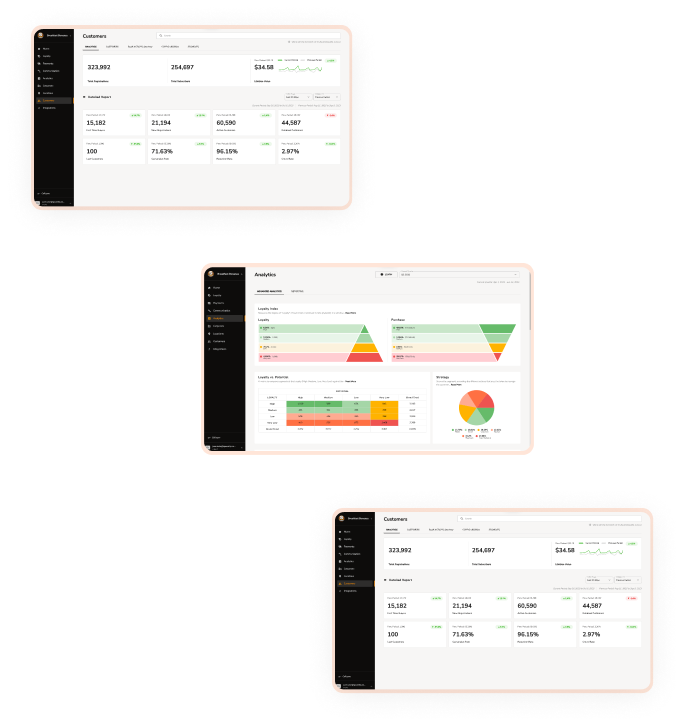
Machine learning algorithms segment your customers into low, medium and high loyalty,
give you in-depth statistics including frequency, spend, cross-shopping and upselling,
provide predictions according to key indicators, and categorize every customer based on
their interaction with your program.
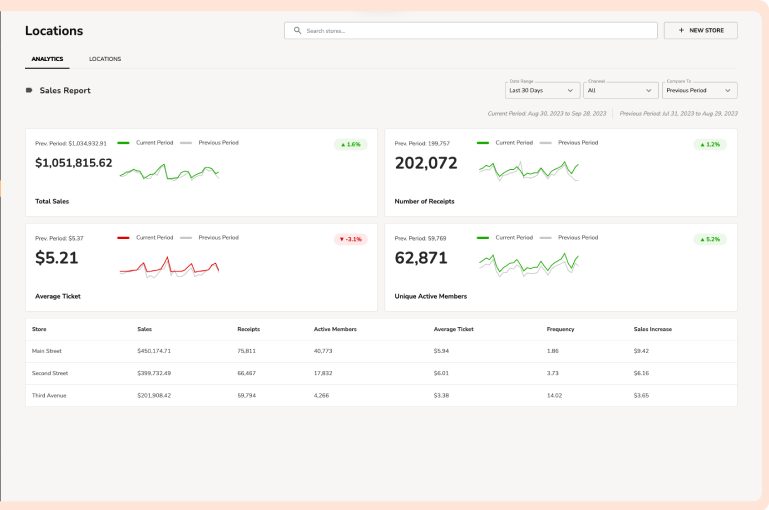
How many active members do you have at each store? Which stores are performing best loyalty-wise? Collect detailed information about your loyal customers in real-time so you can see how they’re behaving at any number of your locations.
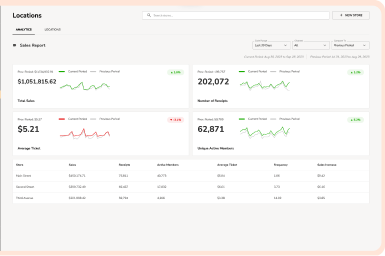
Choose from a pre-formatted suite of curated reports or create your own custom templates using an editor right through your dashboard. Give every report a schedule and gain insight into the many different aspects of your loyalty platform.
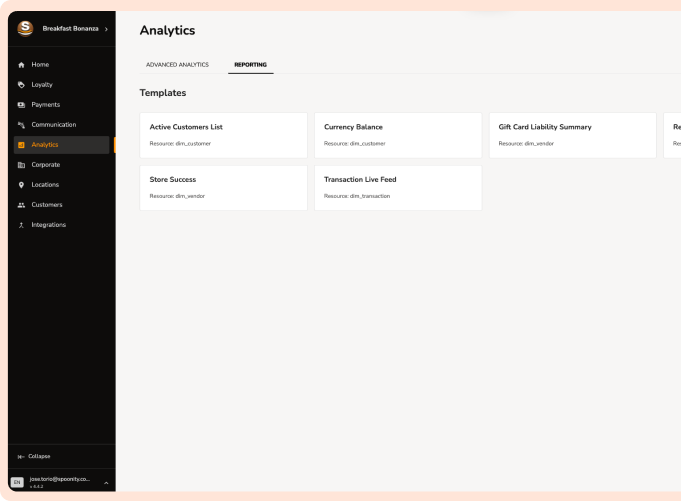
Choose from a pre-formatted suite of curated
reports or create your own custom templates
using an editor right through your dashboard.
Give every report a schedule and gain insight
into the many different aspects of your loyalty
platform.
